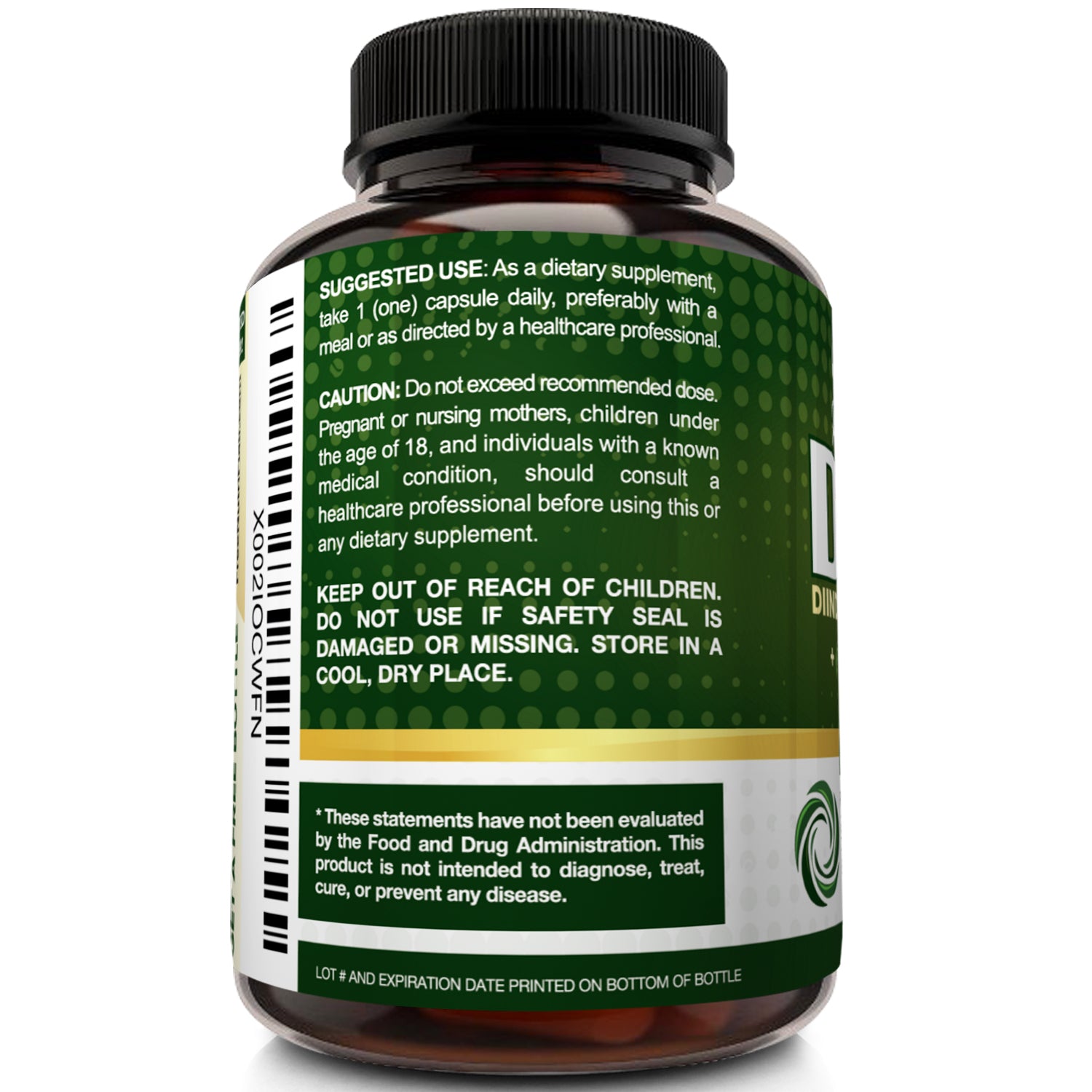

Most cruciferous vegetables are rich in nutrients like folate, vitamin K, vitamin c, and iron. Why Do We Care About Cruciferous Vegetables? As a dimer (formed chemical structure of two substances) of indole-3-carbinol, diindolylmethane (DIM) promotes beneficial estrogen metabolism in both sexes supporting the formation of healthy estrogen metabolites and enhancing the potential for greater antioxidant activity.Do you want more DIM in your life? Then eat your vegetables! More importantly, eat your cruciferous vegetables! What’s a Cruciferous Vegetable?Ĭruciferous veggies are a diverse group that includes cauliflower, broccoli, cabbage, bok choy, kale, arugula, Brussels sprouts, collards, watercress, and radishes. I3C has also been shown to temper estrogen signals by competing for binding sites and inhibiting the activity of estrogen receptors.6-15 A study published in the Journal of Nutrition unveiled evidence that I3C supports healthy cellular function related to estrogen metabolism.16ĭiindolylmethane (DIM) is a phytonutrient and plant indole also found in cruciferous vegetables with potential for enhancing proliferation of healthy cells and cellular activities. Both of these compounds, as well as many other I3C metabolites, have been shown to impact metabolic shifts and cellular activities for improved health outcomes.

Following ingestion of I3C, the body converts it to several different metabolites, one of which is diindolylmethane (DIM). Indole-3-carbinol (I3C) is a naturally occurring compound found in numerous cruciferous vegetables, such as broccoli, cauliflower, kale and cabbage. With this in mind, Vita-DIM includes targeted doses of both I3C and DIM in one capsule a day dosing to make daily balancing of hormones easy and convenient. This assessment of 2:16 alphaOHE ratio has been used to evaluate breast health.
#Bio dim supplement free
Together, I3C and DIM promote the creation of the more favorable and protective 2-hydroxyestrone (2-OHE) metabolite versus production of 4-hydroxyestrone (4-OHE) and 16-alpha-hydroxyestrone (16-alphaOHE), metabolites which can overstimulate cells and create free radicals that cause DNA damage.5 The influence of I3C and DIM on estrogen metabolism creates a more desirable ratio of 2-OHE to 16-alpha-OHE. By keeping hormones in balance and ensuring the body is able to process hormones properly, cruciferous vegetable metabolites (such as I3C and DIM) work together to reduce hormone overload and maintain cellular health.Ĭurrent data on I3C and DIM, suggests that these phytonutrients have strong potential for supporting breast, cervical, uterine and prostate health.1-4 I3C is a naturally occurring compound derived from cruciferous vegetables such as broccoli, brussel sprouts and cabbage. Depending on how estrogen is metabolized it can result in different metabolites, each with individual biological activity. Supporting proper estrogen synthesis, metabolism and detoxification is essential for proper hormonal balance.

For this reason, hormones are critically important in human development and tissue repair. The most important message they deliver is to grow, divide, and multiply. They are chemical messengers that interact with cells all over the body (especially tissues that are more sensitive to them, including breast and prostate tissues.). Hormones have important functions in every area of the body. These compounds have generally been thought to be responsible for the various cellular activities that lead to hormone health.Įstrogen collectively refers to the female hormones estradiol, estrone and estriol. I3C can then be further converted via stomach acid into other health promoting compounds, including DIM. For instance, glucosinolates from broccoli and brussel sprouts readily convert into I3C when consumed.

When these vegetables are cut, crushed or chewed, the actions of the enzyme myrosinase (released from the cells) hydrolyses these glucosinolates into other compounds. Many of the health benefits derived from eating cruciferous vegetables (cabbage, brussels sprouts, broccoli, etc.), especially those shown to be beneficial for breast and prostate health, are thought to be derived from the group of secondary metabolites known as glucosinolates. The Health Benefits of Cruciferous Vegetable Metabolites† Hormone Replacement Pellet Therapy Palm Beach Gardens.Bio-Identical Hormone Replacement Therapy.


 0 kommentar(er)
0 kommentar(er)
